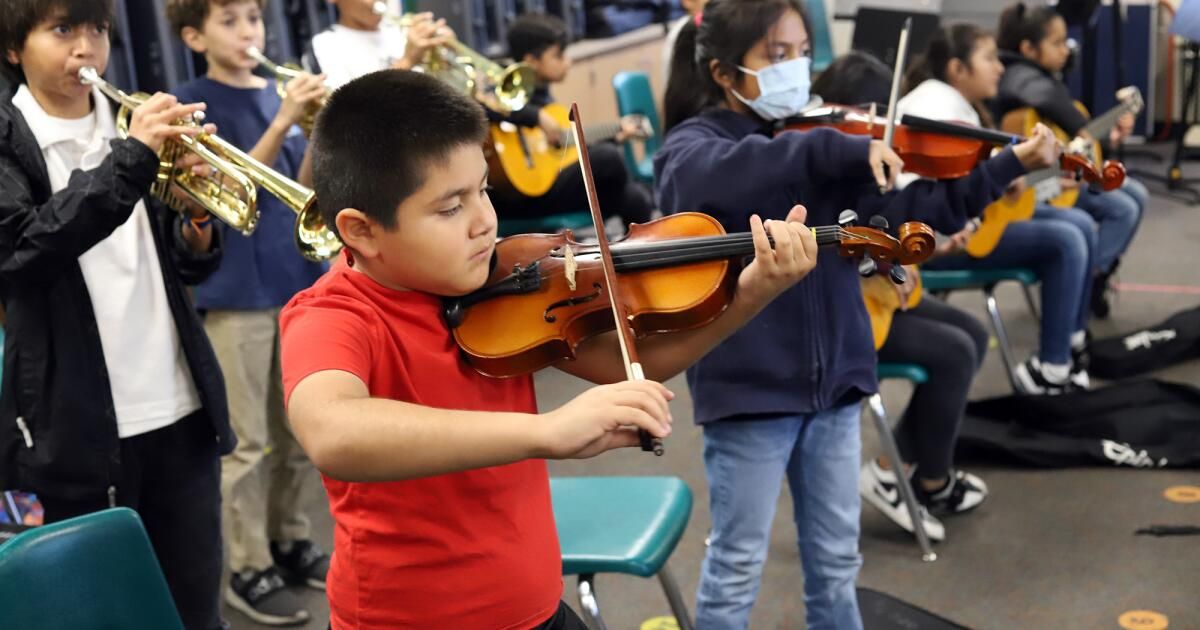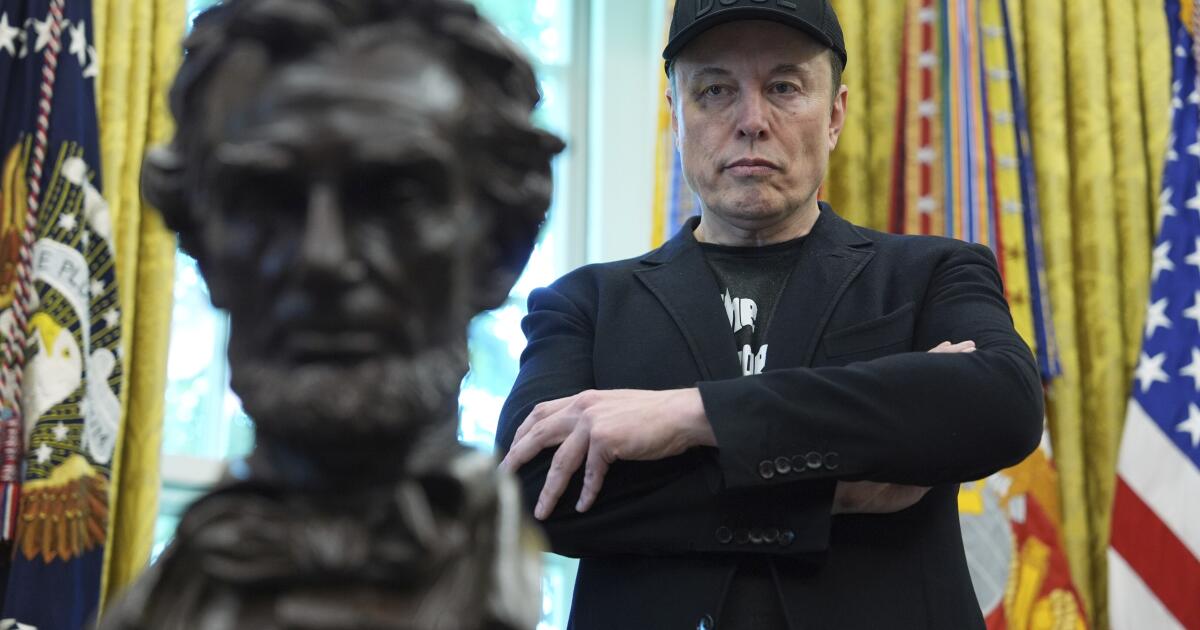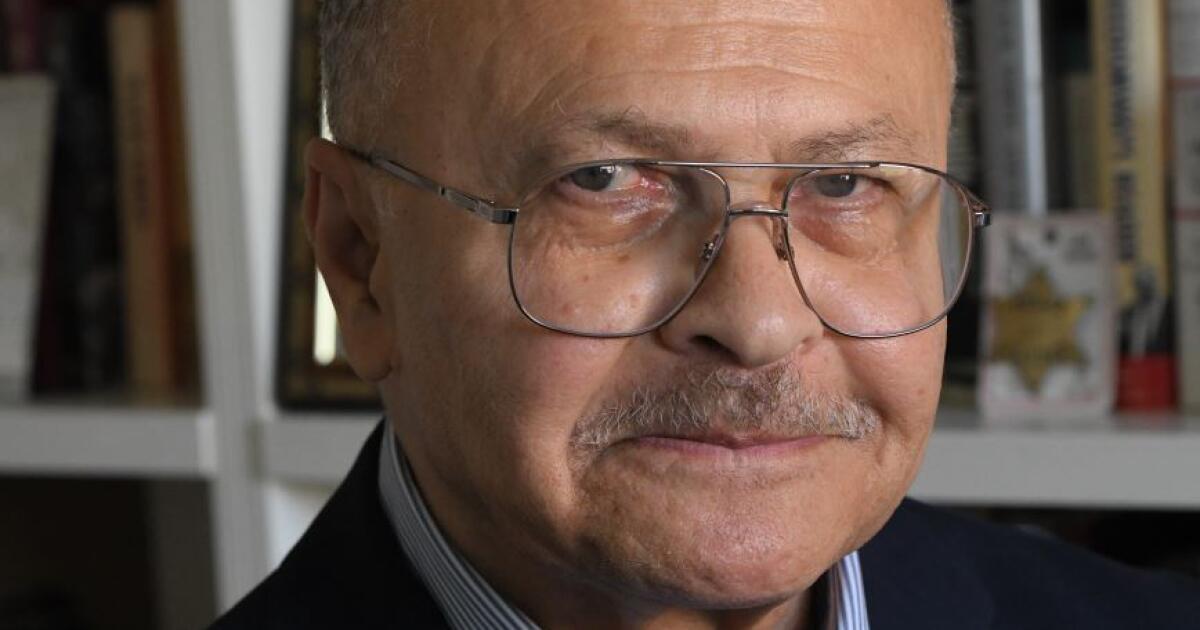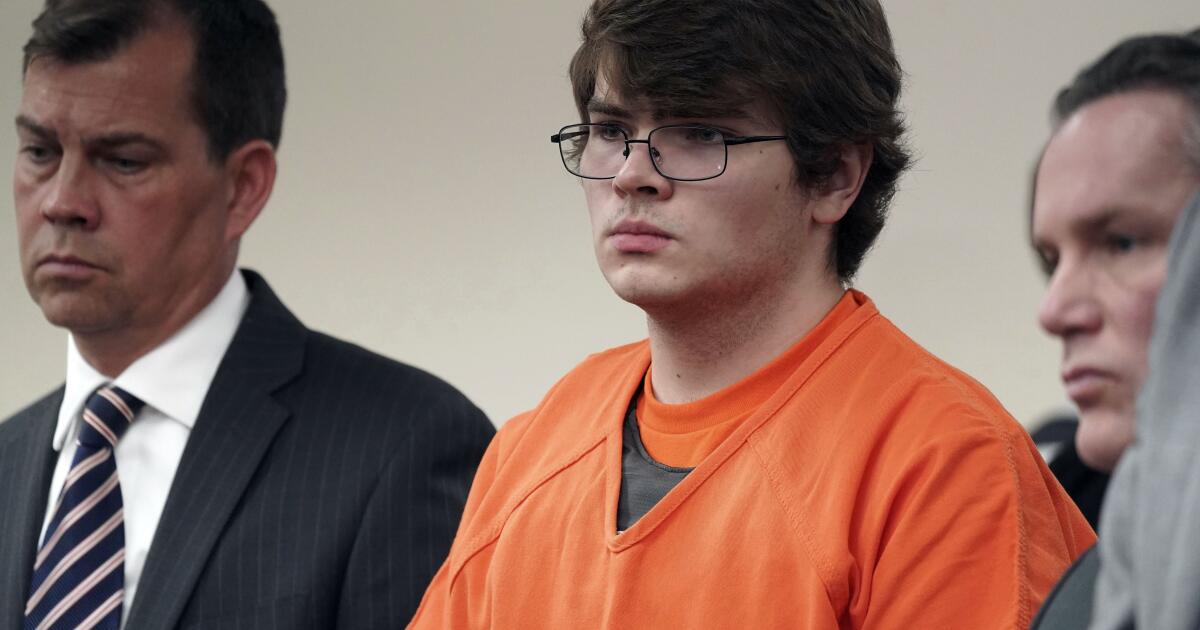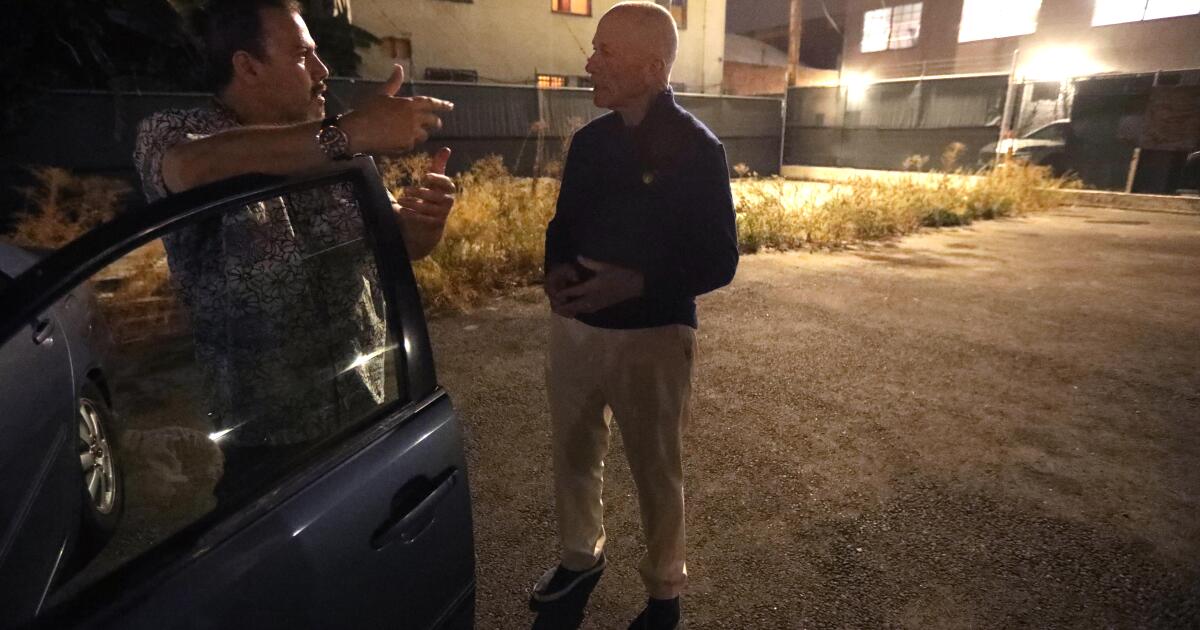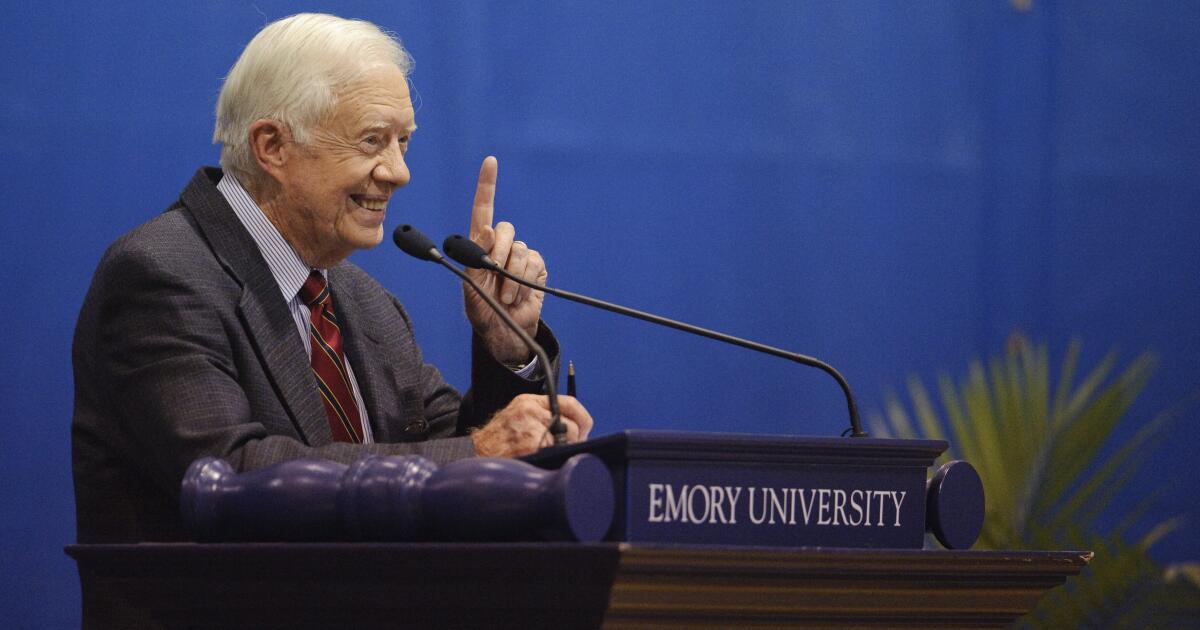Proposition 28, the ballot initiative approved by voters in 2022, directs nearly $1 billion a year to California K-12 schools to expand their arts education programs, such as music, dance, theater, painting and photography.
But now that those funds are being deployed, powerful unions and advocates for the measure, including the California Teachers Association. and the former superintendent of the Los Angeles Unified School District. Austin Beutner, have accused LAUSD and other school districts of misusing money by replenishing funds that have been cut or redirected to other purposes.
“However, it has come to our attention that some California school districts are intentionally violating the law by using the new funding provided by Proposition 28 to replace existing spending on arts education in schools,” they wrote in a letter to Gov. Gavin . Newsom and other state leaders in March. Although they did not name the districts, in interviews they said LAUSD was among dozens of districts they believe are misusing arts funds.
These are worrying accusations. Although critics have not named the other districts because they have not verified those claims, they say they have documented misuse by LAUSD. LAUSD administrators deny the claims, but owe it to the public to provide clear, detailed documentation showing exactly how Proposition 28 funds are being used.
Proposition 28 requires that a portion of California's general fund, equal to 1% of the state's minimum funding levels for K-12 schools and community colleges, be set aside to expand visual and performing arts education programs. The law is extremely clear that this money must be spent to increase arts education programs.
But United Teachers Los Angeles President Cecily Myart-Cruz said the teachers union has heard from school principals and parents that funding for arts programs in their schools has decreased this school year or that Proposition 28 money is simply has supplanted existing artistic funds.
“We know from many schools that previous funding for arts teachers was cut and that school administrators told them that the only way to keep teachers and aides was to use Proposition 28 funds,” Myart-Cruz said in a interview.
LAUSD officials say those allegations are unfounded and the district is using the $76 million in Proposition 28 arts funding it received this school year just to increase its programming. They said the number of arts teachers has nearly doubled districtwide, from the equivalent of 273 full-time positions last school year to 540 this year.
“We have all the data and evidence to prove it,” said Deputy Supt. Pedro Salcido said in an interview, although he acknowledged that because funds are allocated on a per-student basis, some schools with declining enrollment received less funding for the arts this year than last year. But he said LAUSD's only obligation is to demonstrate expanded arts programming throughout the district.
The district recently announced plans to use another $7 million to help schools that experienced a net loss in arts funding. Salcido said the public can check how much Proposition 28 money their school has received and how it is being used by reviewing individual school spending reports that are posted to an online directory. But our review suggests it will be difficult for laypeople to understand these spreadsheets and get clear answers about how spending has changed.
Furthermore, the burden should not fall on parents and students who have long suffered from a lack of arts teachers and too few opportunities to develop their musical and artistic talents. LAUSD officials must report detailed, easy-to-understand metrics for each school. They must include how many hours of arts instruction students receive at each school compared to previous years and how they meet the law's requirements to provide additional funding to schools with more low-income students.
The California Department of Education has taken complaints from organized labor and Proposition 28 advocates seriously, although it has not confirmed any misuse. Still, he was concerned enough to send every local educational agency in the state a reminder from the state Superintendent. of Public Instruction Tony Thurmond that the law requires that funds “be used to supplement arts and music programs, not supplant them.”
One of the reasons this measure garnered such overwhelming support from voters was the clearly defined restrictions on this money, placing it in a proverbial safe deposit box to be used only to expand arts instruction, not to free up money for other priorities. .
Proposition 28 was presented as a way to improve life-changing arts education in public and charter schools, preschool through 12th grade, while protecting arts programs from being the first to be eliminated when prospects budgets get worse.
All new laws have kinks to work out when they first go into effect, and school districts have three years to use the funds once they are allocated. But it is such a large state investment that its implementation in every district and school must be well-documented and closely scrutinized to ensure that all students reap the benefits.
“Families should expect arts education to increase in all schools over the next three years,” said Elizabeth Sanders, spokeswoman for the California Department of Education. We agree and urge state education officials to demand that school district administrators show their work and demonstrate that they are providing the expanded arts education that was promised to voters.

